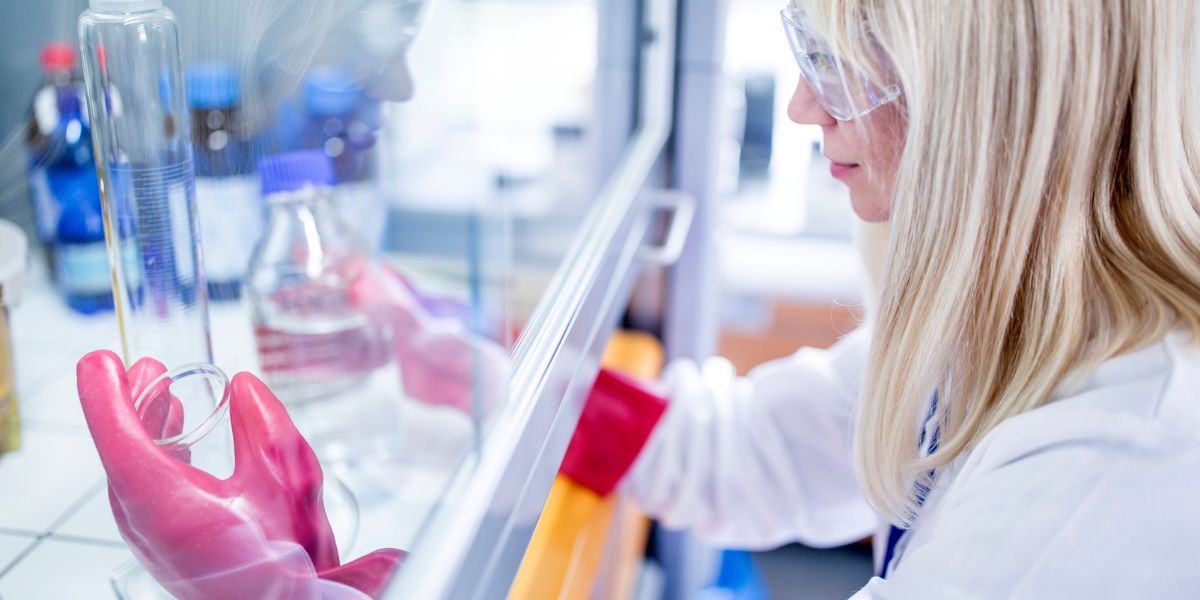
In the realm of science experiments, your safety is paramount. The careful consideration of lab safety measures isn't just a formality; it's a shield against potential harm that could derail your progress. By understanding the importance of lab safety, you are not only protecting yourself but also ensuring the success of your experiments. So, why exactly do these precautions matter so much?
Risks in Science Experiments
When conducting science experiments, you frequently encounter various risks that necessitate careful consideration and precaution. One common risk is chemical exposure. Ensuring proper ventilation and wearing appropriate personal protective equipment, such as gloves and goggles, can help mitigate this danger.
Another risk to be cautious of is physical hazards like trip hazards or sharp objects. Always keep your workspace organized and clean to prevent accidents. Additionally, the risk of fire is ever-present in a lab setting. Familiarize yourself with the location of fire extinguishers and emergency exits before starting any experiment involving heat sources.
Furthermore, electrical hazards pose a significant risk during science experiments. Avoid overloading outlets, use equipment with grounded plugs, and be mindful of any exposed wires. Biological hazards, such as bacteria or viruses, also require special attention. Proper handling and disposal of biological materials are crucial to prevent contamination and ensure a safe environment.
Importance of Safety Guidelines
To ensure a safe and secure environment during science experiments, adherence to safety guidelines is paramount. Following these guidelines is crucial in preventing accidents and minimizing risks in the laboratory. Safety guidelines provide a structured framework for conducting experiments safely, outlining precautions to be taken and procedures to be followed. By strictly adhering to these guidelines, you can protect yourself and others from potential hazards that may arise during experiments.
Safety guidelines cover various aspects, including proper handling of chemicals, use of protective equipment like goggles and lab coats, and protocols for disposing of materials. They also emphasize the importance of maintaining a clean and organized workspace to reduce the likelihood of accidents. Additionally, guidelines often include emergency procedures to be followed in case of mishaps.
Preventing Accidents in the Lab
Adhering to proper safety protocols in the lab is essential for preventing accidents and ensuring a secure work environment. To prevent accidents, always wear appropriate personal protective equipment like safety goggles, lab coats, and gloves.
Make sure to follow all instructions carefully, especially when handling hazardous materials or using complex equipment. Keep work areas tidy and organized to avoid spills or tripping hazards.
When conducting experiments, never engage in horseplay or distractions that could lead to serious mishaps. It's crucial to be mindful of your surroundings and the actions of others in the lab.
If you observe any unsafe practices, speak up and report them to the instructor immediately. By staying vigilant, respecting safety guidelines, and being proactive in preventing accidents, you contribute to a culture of safety in the lab that benefits everyone.
Enhancing Learning Through Safety
Fostering a culture of safety in the laboratory setting enhances the overall learning experience for all individuals involved. When students feel safe and secure in their environment, they're more likely to actively engage in experiments and learning activities. By following proper safety protocols, students can focus their attention on understanding the scientific concepts being taught rather than worrying about potential hazards. This leads to a more effective learning process, where students can explore, question, and experiment with confidence.
Additionally, integrating safety measures into science experiments teaches students valuable life skills. They learn the importance of following procedures, paying attention to detail, and respecting safety guidelines. These skills not only benefit them in the laboratory but also in other aspects of their academic and personal lives. Moreover, when students witness educators prioritizing safety, they internalize the significance of precautionary measures, leading to a mindset that values well-being in all their endeavors. Ultimately, enhancing learning through safety creates a positive and enriching educational experience for students, preparing them for success in future scientific pursuits.




